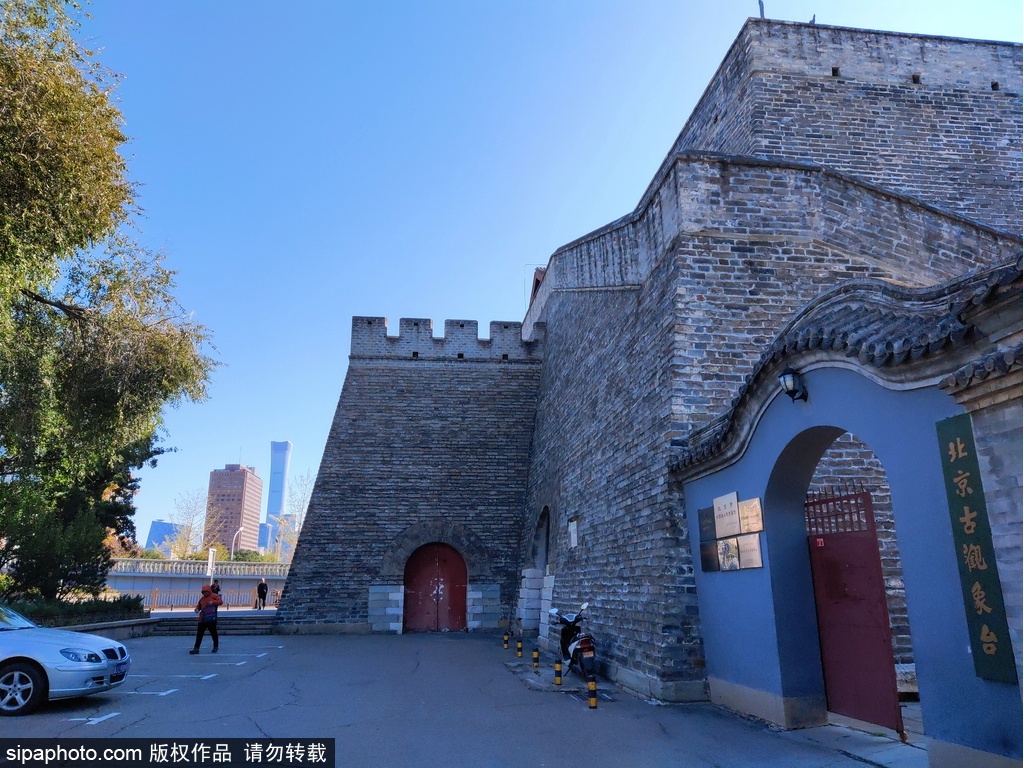The Beijing Ancient Observatory, located at the southwest corner of the Jianguomen Overpass in Beijing, was built during the Zhengtong period of the Ming Dynasty, and is one of the oldest astronomical observatories in the world.

It is famous for its architectural integrity, exquisite instruments, long history and its unique position in the cultural exchange between East and West. The Observatory used to be the national astronomical observatory during the Ming and Qing Dynasties. It is about 14 meters high, with a roof of 20.4 meters from north to south and 23.9 meters from east to west. There are 8 astronomical instruments made in the Qing Dynasty. From the first year of the Zhengtong period of the Ming Dynasty to 1929, the ancient observatory was engaged in astronomical observation for nearly 500 years. Therefore, it is the station with the longest history of continuous observation among the still existing ancient observatories. In addition, it has a long-standing international reputation for its architectural integrity and complete instrumentation. The eight bronze instruments made in Qing Dynasty have Chinese traditions in terms of shape, decoration and craftsmanship. However, in terms of scale, tour table and structure, they reflect the progress and achievements of large astronomical instruments in Western Europe after the Renaissance era. Therefore, it is a historical witness of the cultural exchange between East and West.



